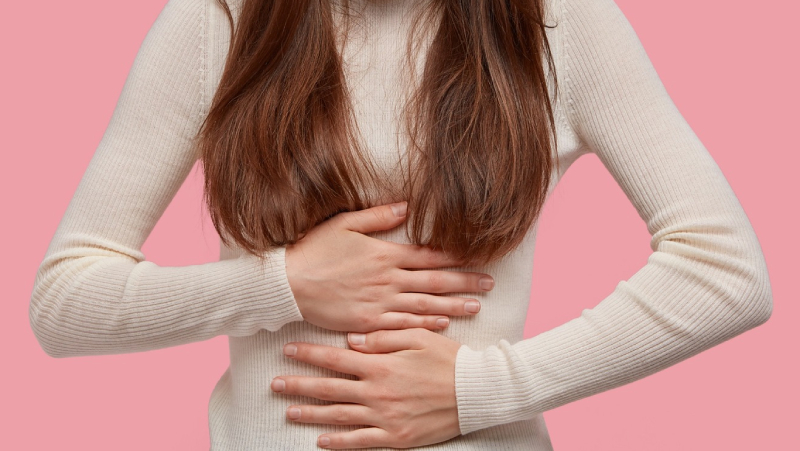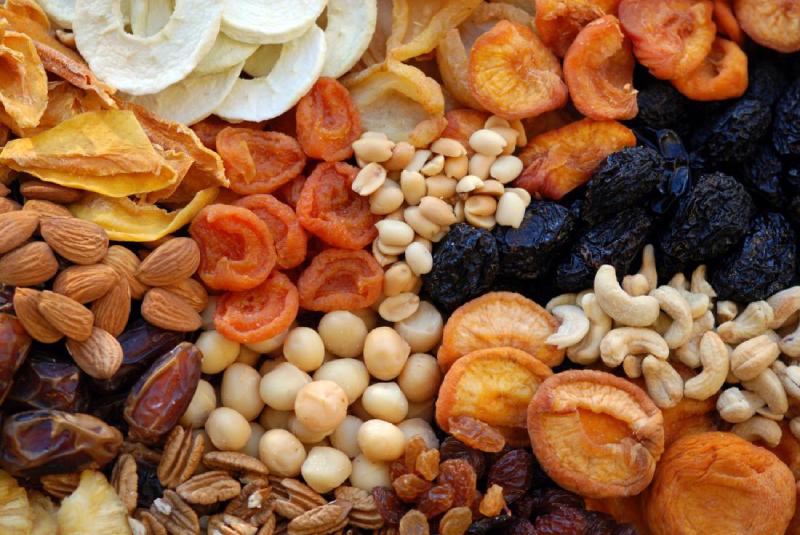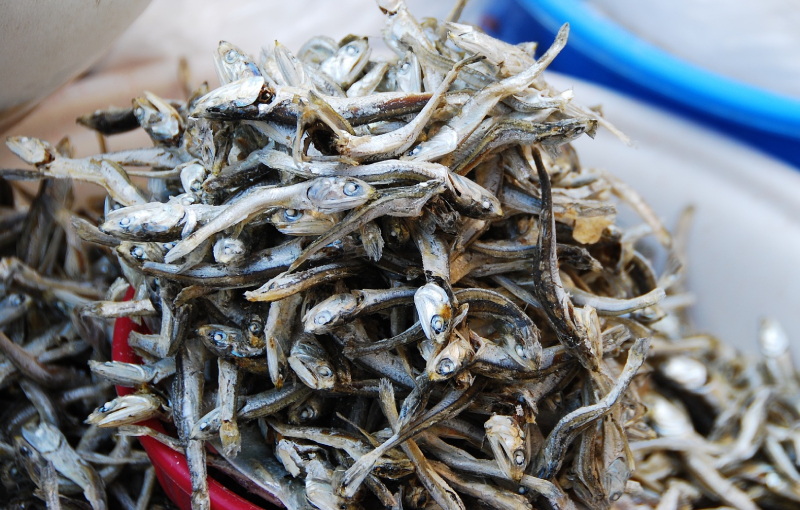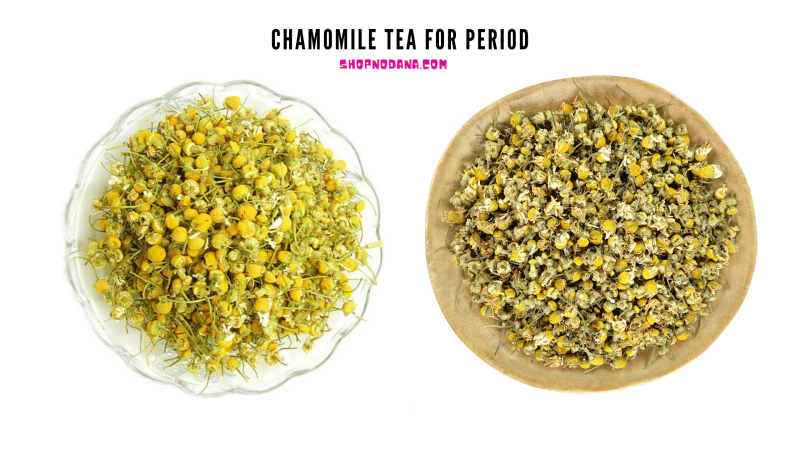14 Foods That Help With Period Cramps
Do you know about the foods that help with period cramps and pain? There are many foods you should eat during your period to reduce cramps and bloating.
Eating a healthy diet may help you deal with hormonal changes in the menstrual cycle so it is very important to select the right foods to eat during your period to reduce cramps and bloating.
Therefore, eating healthy foods throughout the menstrual period can help improve various symptoms.
It’s hard to predict exactly how you’ll feel during your period. While some people hardly experience any symptoms, others struggle to get out of bed with cramping, headache, pain, and nausea.
Today, we reveal the best foods that help with period cramps to relieve swelling, bloating, mood swings, and more.

What causes pain?
Before menstruation begins, the cells that make up the lining of the uterus, also called endometrial cells, begin to break down during menstruation and release large amounts of inflammatory prostaglandins.
These chemicals narrow the blood vessels in the uterus and make the muscle layer contract, causing painful spasms.
Some types of prostaglandins enter the bloodstream, causing headaches, nausea, vomiting, and diarrhea. (1)
The researchers measured the number of prostaglandins produced by the cells of the uterus and found that it was higher in women with period pain than in women with little or no pain.
This helps explain why non-steroidal anti-inflammatory drugs (NSAIDs) are so effective at treating menstrual pain. Ibuprofen (Motrin), naproxen (Aleve), and other NSAIDs reduce prostaglandin production.
NSAIDs have been found to reduce menstrual flow, which may reduce menstrual pain.
Foods that help with period cramps and Fight Inflammation
Of course, eating foods that reduce inflammation in the body will help tame menstrual cramps. These foods include fruits, vegetables, whole grains, legumes, nuts, and seeds.
Research has shown that both vegetarian and vegan eating patterns reduce inflammation in the body. This decrease is due to the higher number of antioxidants and phytochemicals found in plant foods that help the body function optimally.
There is a connection between the food you consume and the levels of estrogen in your body. Animal products and added oils increase estrogen levels in the body.
The more foods that contain estrogen, the more likely it is that the lining of the uterus will become abnormally thick.
As a result, when you start to break down during your period, this process creates more prostaglandins, which leads to higher levels of pain.
9 Foods That Help With Period Cramps
According to a report published by the Spanish magazine “Mujer hoy“, the writer Emmanuel Soaz indicated that nutritious and light foods during menstruation may help relieve pain, and combat lack of energy, and other symptoms that usually appear during the menstrual cycle.
A woman’s body is also more bloated and prone to several symptoms during the menstrual period, and there are certain types of foods that can exacerbate these symptoms.
As a result, during menstruation, women need nutritious foods to compensate for iron deficiency. But these foods should be light to relieve menstrual symptoms.
Here we offer you five choices of foods that relieve menstrual pain.
1. Iron-rich foods that help with period cramps
Iron-rich foods are the best foods to eat during your period. This type of food is very important to prevent anemia. For women during menstruation, be sure to eat iron-rich foods of plant origin, as they are light compared to animal sources of iron.
Among these foods, we mention vegetables such as spinach, beets, and kale, legumes such as lentils, chickpeas, and beans, and dry fruits such as almonds and pistachios.
It is also recommended to combine these foods with sources of vitamin “C” to facilitate the body’s absorption of iron, similar to lemons or citrus fruits. (1)
2. Calcium, magnesium, and potassium-rich foods

These nutrients are found in foods such as spinach, bananas, broccoli, almonds, dates, and pineapple, and help prevent or reduce cramps that cause pain during menstruation.
In addition, these foods have a positive effect on your moods.
3. Eggs are one of the foods that help with period cramps
The iron, fat-soluble nutrients, B vitamins, essential fatty acids, and protein in egg yolks do a great job for your period. But if you have a sensitive stomach, avoid hard-boiled eggs, as they can cause gas, bloating, and heartburn. (2)
4. Drink plenty of water during the period
Water is vital to your overall health and may help you feel less sore during your period.
In one study of 140 women, half increased their water intake, while the other half did not. The women who drank more water used fewer pain relievers and reported less severe cramps than the group that didn’t change their water intake. (3)
If you are looking for ways to increase fluid intake, try:
- Drink a glass of water after waking up
- Water flavored with fruits, herbs, or spices
And remember that water isn’t the only way to hydrate; Coffee, tea, dairy products, plant-based milk, soups, and juicy fruits like oranges all count toward your fluid intake.
5. Herbs and spices
Research suggests that some herbs and herbal teas may help relieve menstrual discomfort.
These include:
Fennel seeds: May relieve pain and reduce the bleeding time (4)
Cinnamon: May reduce contractions and blood flow (5)
Sage: May relieve cramps (6)
Cumin: May relieve cramps (7)
Ginger: It can relieve menstrual pain, cramps, nausea, and bloat (8)
Turmeric: May Help Treat PMS Symptoms (9)
The evidence for this is not excellent because the studies were very small.
But you can try these herbs and spices like tea, food, or extracts to see if they help with menstrual cramps.
6. Foods that help with period cramps- Polyunsaturated fatty acids
This type of food is anti-inflammatory, and also helps improve blood circulation. In this group, we find fish, seafood, nuts (dry fruits), avocado, flax, or chia seeds.
7. Foods rich in fiber
Fiber is one of the most necessary foods to eat during your period to reduce intestinal disorders that can be caused by menstruation, such as constipation.
In this regard, the list is extensive and includes vegetables, fruits, legumes, nuts, and whole grains.
8. Milk and dairy products
Most dairy and milk products, such as yogurt and cheese, are great sources of calcium. They are one of the foods that help with period cramps.
Some evidence suggests that calcium supplements may be able to help treat PMS symptoms such as menstrual cramps, as well as mood changes, and fatigue.
However, most studies haven’t investigated the effect of calcium from foods, so it’s unclear whether dairy products can help relieve pain in the same way.
Most types of milk, including many vegetarians, also contain vitamins D and E and magnesium. There is some evidence to suggest that these nutrients may relieve menstrual pain when taken as supplements.
9. Foods that help with period cramps- Oats
Oats can benefit your health in many ways, and this may include helping to relieve menstrual pain.
Eating oats can be a delicious way to add fiber to your diet. Oats are rich in zinc, magnesium, and vitamin B1.
Results of a meta-analysis indicated that these nutrients, in supplement form, may be beneficial for controlling menstrual pain.
However, the researchers were careful not to draw any conclusions, given the lack of good research.
10. Anchovies

Anchovies – small cold-water fish – are a popular addition to salads, pasta dishes, and pizza.
It’s rich in vitamins and minerals that may help with menstrual cramps, including calcium and vitamin E, and it’s also a great source of omega-3 fatty acids.
In one small study, women who took omega-3 supplements experienced less menstrual pain and used fewer over-the-counter pain relievers.
Combining omega-3 supplements with vitamin E may be especially helpful in relieving menstrual pain.
Vegetable oils, nuts, and seeds are good sources of vitamin E.
There is no definitive evidence to say that throwing some oil-drenched anchovies into your lunch will have the same effect. But eating foods rich in omega-3s and vitamin E is great for your overall health.
11. Dark chocolates
You probably don’t need another excuse to eat more chocolate. It is undoubtedly one of the most popular foods that help with period cramps for many reasons. Dark chocolate, which is full of antioxidants, is a portion of great comfort food.
Try to stick with plain dark chocolate instead of a complex candy that is full of toppings and other ingredients. These will only provide empty calories with little or no health benefits.
12. Foods that help with period cramps- Banana
Bananas are useful foods that help with period cramps. Bananas are generally easy to find and are known to be beneficial for menstrual cramps.
They are rich in fiber and will help you to have a bowel movement easily. As a result, you may feel less bloating and feel less pain overall.
Bananas also contain a lot of magnesium, which is known to reduce the severity of menstrual cramps.
Bananas are also rich in natural sugars, so it is best to eat them in moderation.
13. Natural anti-inflammatories
There are some foods that help with period cramps, reduce inflammation, treat bloating, and reduce problems caused by menstruation.
This group is mainly represented by green vegetables, pineapple, citrus fruits, turmeric, garlic, onions, beets, ginger, and others.
14. Chamomile Tea

The last of the list of foods to eat during your period: is chamomile tea. This soothing drink can help relax your nerves and your uterus. It reduces the intensity of cramps, eliminates stress and anxiety, and even promotes better sleep. (4)
Which foods should you avoid during the period?
The author stated that ensuring the benefit of these foods during menstruation needs getting rid of other foods that raise estrogen levels, that is, that increase the feeling of pain.
In this group we find:
- Salt.
- Caffeine.
- Sugar and ultra-processed sugars.
- Saturated fats.
- Refined flour.
- Soft drinks.
- Pastries.
- Fried snacks.
- Fast food.
You should read
Symptoms of cervical infections and Cancer-know about your cervix
